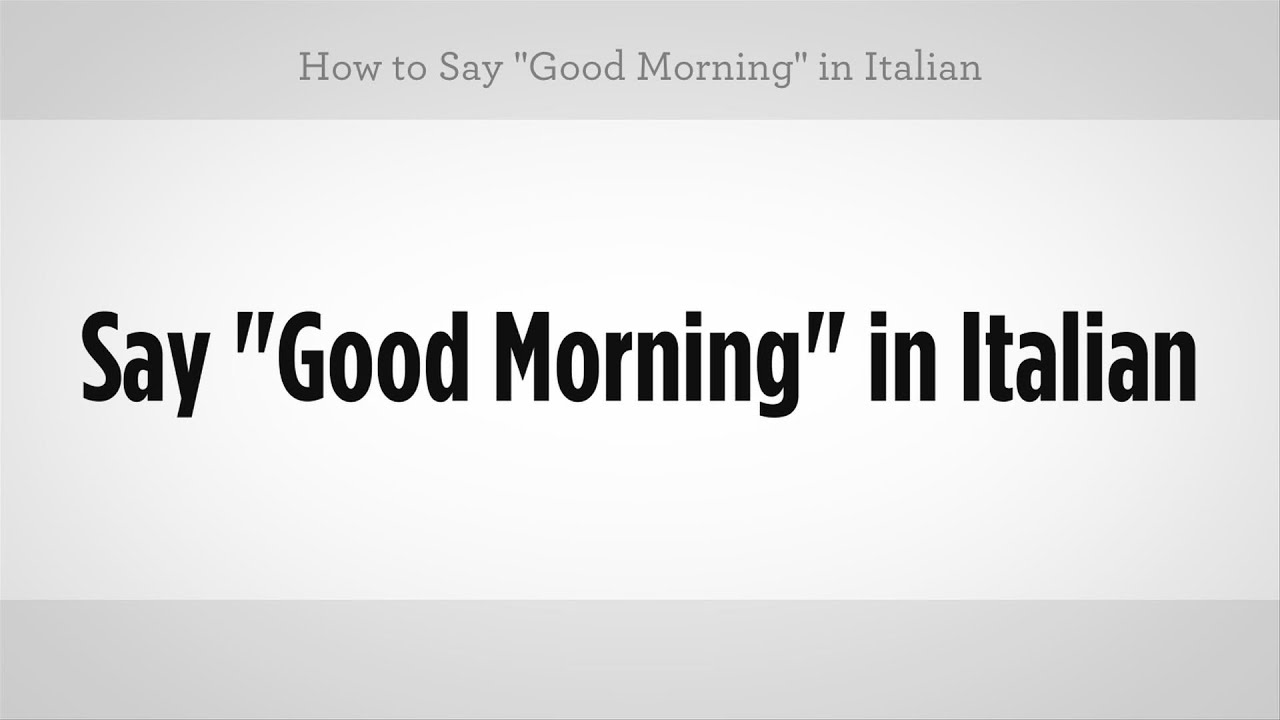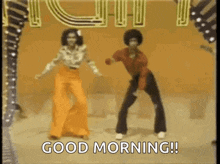how to say Good Morning in italian

How to Say Good Morning in Italian: A Quick Guide
If you’re planning a trip to Italy or simply want to impress your Italian friends, knowing how to say “Good Morning” in Italian is a great place to start. The Italian language is rich and beautiful, and greeting someone in their native tongue can go a long way in building rapport. So, let’s dive into the essentials of Italian morning greetings!
The Basic Greeting
The most common way to say “Good Morning” in Italian is “Buongiorno.” Pronounced as [bwon-jor-no], this phrase is used throughout the day, typically until around 5 PM. It’s a warm and friendly way to greet someone, whether you’re meeting friends, colleagues, or even strangers.
Usage of “Buongiorno”
- Formal and Informal: “Buongiorno” can be used in both formal and informal settings. You can use it while entering a café, meeting someone for a business discussion, or even while greeting your neighbor.
- Cultural Significance: In Italy, greetings are an important part of social interactions. Saying “Buongiorno” is not just a way to acknowledge someone; it’s also a way to show respect and friendliness.
Variations and Related Greetings
While “Buongiorno” is the standard greeting, here are a few variations and related phrases you can use:
- Buon giorno a tutti! — Good morning to everyone!
- Buongiorno, come stai? — Good morning, how are you?
- Buongiorno, signore/signora! — Good morning, sir/madam! (formal)
When to Use “Buongiorno”
- Early Mornings: You can start using “Buongiorno” from around 7 AM until late afternoon.
- Social Situations: Whether you’re at a breakfast meeting, a family gathering, or simply passing by someone on the street, “Buongiorno” is always appropriate.
Other Morning Greetings
In addition to “Buongiorno,” you might also hear or use other Italian phrases, especially in specific contexts:
- Buon mattino! — Good morning! (less common)
- Salve! — Hello! (a general greeting that can be used at any time)
Tips for Pronunciation
To pronounce “Buongiorno” correctly, break it down into syllables:
– Buon sounds like “bwon”
– gior sounds like “jor”
– no is pronounced as “no”
Practice saying it a few times, and you’ll be ready to greet people like a true Italian!
Conclusion
Knowing how to say “Good Morning” in Italian is a simple yet effective way to connect with Italian speakers. Whether you’re traveling through the picturesque streets of Rome, Milan, or Florence, or just want to send a heartfelt message to an Italian friend, “Buongiorno” is your key to starting the day on a positive note.
For more tips on Italian phrases and travel advice, be sure to check out our other articles at GoodMorningWishes.net. Share your favorite Italian greetings in the comments below, and let’s keep the conversation going!
Share Your Thoughts!
Have you ever used “Buongiorno” in a conversation? How did the other person react? Share your experiences in the comments, and don’t forget to subscribe for more language tips and cultural insights!














